How to Print Logo Designs on Paper Cups

Source: Nadia Abo Al Samh, TRUTH CAFE, Behance, https://www.behance.net/gallery/170376901/TRUTH-CAFE
Branding plays a crucial role in marketing, and custom-printed paper cups offer an excellent way to enhance brand visibility. Whether for coffee shops, corporate events, or promotional campaigns, printing logo designs on paper cups helps businesses leave a lasting impression on customers. However, achieving high-quality prints on paper cups requires careful consideration of materials, printing techniques, and design adjustments.
Unlike printing on flat surfaces, paper cups have a curved shape and may feature coatings that affect ink absorption. This makes it essential to choose the right printing method, such as flexographic, offset, or digital printing, to ensure sharp and vibrant results. Additionally, logo placement and color selection must be optimized to maintain clarity and brand consistency across different cup sizes.
Food safety is another critical factor in cup printing. Since these cups come into direct contact with beverages, it is important to use food-safe, non-toxic inks that do not smudge or fade when exposed to moisture. Testing sample prints before large-scale production helps identify any design or quality issues early.
In this guide, we will explore the key considerations and best practices for printing logo designs on paper cups to achieve professional and long-lasting results.
Choose the Right Paper Cup Material
Selecting the right paper cup material is essential to achieving a high-quality print and ensuring the durability of your logo design. Paper cups come in different types, each with distinct properties that impact the printing process and final appearance.
The most common choice is single-wall paper cups, which are lightweight and suitable for cold or moderately hot beverages. They provide a smooth surface for printing but may not offer the best insulation. Double-wall paper cups, on the other hand, have an additional layer that enhances heat retention and provides a sturdier structure for printing. This option is ideal for premium branding, as it maintains the integrity of the logo design even when exposed to high temperatures.
Poly-coated paper cups feature a thin plastic lining, either on the inside or both sides of the cup. This coating prevents ink from seeping through and ensures a crisp, vibrant print. If you are printing full-wrap designs, fully coated paper cups work best, as they create a smooth, uniform surface that enhances print clarity.
For eco-conscious businesses, compostable paper cups made from biodegradable materials are an excellent option. These cups use plant-based coatings instead of plastic, making them more sustainable while still providing a high-quality printing surface.
Choosing the right material ensures that your logo remains visually appealing, durable, and suited for its intended use. Testing different cup types before finalizing production helps achieve the best results for your brand.
Determine the Printing Method
Selecting the right printing method is crucial when applying logo designs to paper cups. The choice depends on factors such as design complexity, production volume, and budget. There are three primary printing techniques: flexographic printing, offset printing, and digital printing, each with its own advantages.
Flexographic printing is one of the most widely used methods for large-scale production. It utilizes flexible printing plates that transfer ink onto the cup surface. This method is cost-effective for bulk orders and produces vibrant colors. However, it is best suited for simple designs with limited color variations.
Offset printing delivers high-resolution results by using rubber rollers to transfer ink onto the paper cup. This technique allows for precise color matching and sharp details, making it ideal for intricate logo designs. It also supports full-wrap printing, ensuring a seamless, professional look. Offset printing works best for medium to large production runs.
Digital printing is a modern method that does not require printing plates, making it suitable for short runs and highly customized designs. It offers the flexibility to print multiple variations of a logo without additional setup costs. Digital printing also supports full-color designs with gradients and fine details, making it an excellent choice for businesses that require smaller batches or frequent design changes.
Each printing method has unique benefits, and the best option depends on your logo design, budget, and production needs. Testing sample prints with different techniques ensures the best results for branding on paper cups.
Use High-Resolution Logo Designs
Printing logo designs on paper cups requires high-resolution graphics to ensure clarity and sharpness. Unlike digital displays, printed designs must maintain their quality when transferred onto a curved surface. Using low-resolution images can result in pixelation, blurriness, or loss of detail, which diminishes the impact of branding.
The ideal format for printing is vector-based graphics, such as those created in Adobe Illustrator (.AI), SVG, or EPS files. Vector files allow for infinite scaling without losing quality, making them perfect for printing on various cup sizes. If using raster images, ensure they have a resolution of at least 300 DPI (dots per inch) to maintain sharpness and avoid visible pixelation.
Additionally, logo designs should be created in CMYK color mode instead of RGB. CMYK is the standard for printing, ensuring that colors appear as intended when applied to paper cups. Converting an RGB file to CMYK before printing prevents unexpected color shifts that may affect brand consistency.
Another important factor is the size and positioning of the logo. Since paper cups have a curved surface, distortion can occur if the design is not properly adjusted. Mockups and test prints help ensure the logo remains proportionate and legible when wrapped around the cup.

Source: Andrea reza, Kyō, Behance, https://www.behance.net/gallery/124293281/Kyo
Consider Color Limitations
Color plays a significant role in branding, but printing logo designs on paper cups requires careful consideration of color limitations. Unlike printing on flat surfaces, paper cups may have variations in texture and coatings that affect how colors appear. Understanding these limitations helps achieve accurate and vibrant prints.
One key factor is the difference between spot colors and CMYK printing. Spot colors, such as those from the Pantone Matching System (PMS), provide precise color consistency, but they are often more expensive and limited in shading variations. CMYK printing, on the other hand, blends cyan, magenta, yellow, and black inks to create a full spectrum of colors but may not always match brand-specific shades perfectly.
The absorption of ink also influences color vibrancy. Some paper cups have a matte finish that absorbs more ink, leading to slightly muted tones, while glossy or poly-coated cups allow colors to appear more saturated. Testing different finishes ensures the best color outcome.
Additionally, gradients and fine details can be challenging to reproduce accurately on curved surfaces. Designs with bold, solid colors and minimal shading tend to print better on paper cups. If gradients are necessary, they should be subtle and carefully tested in sample prints.
Lastly, color consistency across different printing batches should be monitored. Variations in ink density, cup material, and print settings can cause slight differences in color. Working with an experienced printing provider helps maintain uniformity and ensures the final design aligns with brand identity.
Adjust the Logo to Fit the Cup Shape
Printing logo designs on paper cups presents a unique challenge due to the cup’s curved shape. Unlike flat surfaces, cylindrical or tapered cups can cause distortions if the logo is not properly adjusted. Ensuring that the design remains visually balanced and legible requires careful modifications.
One important consideration is aspect ratio. A logo that appears proportionate on a flat surface may stretch or warp when wrapped around a paper cup. To prevent this, designers should create custom templates that match the cup’s dimensions. Many printing companies provide dielines that outline the printable area, helping to adjust the logo accordingly.
Another factor is placement. Centering the logo at eye level ensures that it remains the focal point when the cup is held. If using a full-wrap design, it is essential to align elements properly to avoid unwanted gaps or overlaps in the final print.
Additionally, spacing and readability should be considered. Small details and thin lines may become less visible when printed on curved surfaces. Enlarging key elements, increasing contrast, and using bold typography help maintain clarity.
Testing the adjusted logo on a mockup or sample print before mass production is crucial. This allows for refinements and ensures the final product effectively represents the brand without distortions. By tailoring the logo to the shape of the cup, businesses can create an appealing and professional presentation that enhances brand visibility.
Use Waterproof and Food-Safe Inks
When printing logo designs on paper cups, the choice of ink is just as important as the design itself. Since these cups are used for beverages, the ink must be waterproof and food-safe to ensure both durability and safety for consumers.
Waterproof inks prevent smudging, fading, or bleeding when exposed to moisture, condensation, or heat. This is particularly important for coffee cups and cold drink cups, which often come into contact with liquid. Inks that are not waterproof may deteriorate over time, diminishing the logo’s visibility and overall branding impact.
Food-safe inks are essential because printed surfaces may indirectly come into contact with beverages. These inks are certified non-toxic and free from harmful chemicals, ensuring they do not contaminate drinks or pose health risks. Regulatory standards, such as those set by the FDA or the EU, guide the use of inks for food packaging.
Solvent-based and UV-curable inks are commonly used for printing on paper cups. UV-curable inks dry instantly under ultraviolet light, making them highly resistant to smudging and fading. Soy-based and water-based inks offer environmentally friendly alternatives while maintaining safety standards.
To ensure long-lasting and vibrant prints, businesses should work with certified printing providers that use high-quality inks suitable for food packaging. Choosing the right ink not only enhances the logo’s durability but also ensures that paper cups remain safe for everyday use.
Test the Print on a Sample Cup
Before proceeding with mass production, it is crucial to test the print on a sample paper cup. This step ensures that the logo design appears as intended and allows for adjustments to improve clarity, color accuracy, and overall presentation.
One of the main aspects to evaluate in a sample print is image sharpness. Low-resolution or improperly scaled designs may appear pixelated or blurry when printed. Checking the sample helps confirm that the logo maintains its quality and detail on the curved surface of the cup.
Color consistency is another key factor. Colors may appear different when printed on paper cups due to variations in material, ink absorption, and coatings. A sample print allows designers to assess whether the hues match the intended brand colors and make any necessary corrections.
Additionally, testing helps verify alignment and placement. Since paper cups have a curved shape, distortion can occur if the logo is not positioned correctly. Reviewing a sample ensures that the design is properly centered and visible from different angles.
It is also important to check the durability of the print. Waterproof and food-safe inks should withstand moisture, heat, and handling without smudging or fading. Testing the cup under real usage conditions provides valuable insights into the longevity of the print.

Source: Studio Woork, Mineral Cafe, Behance, https://www.behance.net/gallery/106207227/Mineral-Cafe
Optimize Logo Placement
Proper logo placement is essential when printing on paper cups to maximize visibility and brand recognition. Since cups are typically held in different orientations, positioning the logo strategically ensures that it remains noticeable from various angles.
The most effective placement is front and center, where it naturally aligns with the way people hold the cup. This positioning keeps the logo visible in photographs, social media posts, and customer interactions, reinforcing brand identity.
For double-sided printing, placing the logo on opposite sides of the cup ensures that it remains visible no matter how the cup is held. This approach is particularly useful for takeaway cups, where branding should be displayed at all times.
Another consideration is the height of the logo on the cup. Logos placed too close to the bottom may become obscured by cup sleeves, while those positioned too high might not be visible when a lid is attached. The ideal placement is within the middle-third of the cup for optimal readability.
If using a full-wrap design, ensure that the logo is evenly spaced and does not distort due to the cup’s curvature. A well-balanced layout prevents key branding elements from being cut off or misaligned.
Testing different placements on sample cups helps determine the most effective positioning. By optimizing logo placement, businesses can enhance brand visibility, making their paper cups a powerful marketing tool in any setting.
Choose Between Full-Wrap and Spot Printing
When printing logo designs on paper cups, businesses must decide between full-wrap printing and spot printing, each offering unique advantages depending on branding needs, budget, and design complexity.
Full-wrap printing covers the entire surface of the cup, allowing for seamless patterns, bold backgrounds, and intricate artwork. This method is ideal for creating immersive branding experiences where the design extends beyond just a logo. Full-wrap printing works well for businesses that want to incorporate additional design elements, such as gradients, textures, or repeating brand motifs. However, it requires precise alignment to prevent visible seams and distortions due to the cup’s curved shape.
Spot printing, also known as centered or single-location printing, applies the logo to a specific area of the cup. This method is cost-effective and ideal for simple yet effective branding. Spot printing ensures that the logo remains the focal point without additional distractions. It is often preferred for minimalist branding approaches and works well with small order quantities or limited color designs.
Choosing between these two methods depends on the desired visual impact and printing budget. Full-wrap printing creates a high-end, custom look, while spot printing keeps branding clean and direct. Testing samples of both styles can help determine which option best represents the brand while ensuring high-quality results.
Consider Double-Wall Cups for Premium Prints
For businesses looking to achieve high-quality branding, double-wall paper cups offer superior print results and durability. These cups consist of two layers of paperboard, providing a sturdy structure that enhances the clarity and vibrancy of printed logo designs.
One of the main benefits of double-wall cups is their smooth printing surface. Unlike single-wall cups, which may have a slightly textured or thinner material, double-wall cups provide an even coating, allowing for sharper details and bolder colors. This makes them an excellent choice for full-wrap designs and intricate logos that require precise printing.
Additionally, double-wall cups offer better insulation, keeping hot beverages warm for longer without requiring additional sleeves. This not only enhances customer experience but also ensures that the printed design remains visible throughout use, rather than being covered by a sleeve. The added insulation also prevents condensation, reducing the risk of ink smudging or fading over time.
Another advantage is their premium feel, which elevates brand perception. A well-printed double-wall cup reflects quality and professionalism, making it ideal for high-end cafes, corporate events, and branded merchandise.
While double-wall cups may be slightly more expensive, their benefits in print quality, durability, and branding impact make them a valuable investment for businesses that prioritize presentation. Choosing this option ensures a high-end look while maintaining functionality and comfort for customers.
Conclusion
Printing logo designs on paper cups is an effective way to enhance brand visibility and create a lasting impression. Choosing the right cup material, selecting an appropriate printing method, and ensuring high-resolution designs contribute to professional results. Factors such as color accuracy, ink quality, and proper logo placement further enhance branding impact. Testing sample prints and considering premium options like double-wall cups help maintain consistency and durability. By carefully planning each step of the printing process, businesses can achieve visually appealing and high-quality paper cups that effectively showcase their brand in various settings.
Let Us Know What You Think!
Every information you read here are written and curated by Kreafolk's team, carefully pieced together with our creative community in mind. Did you enjoy our contents? Leave a comment below and share your thoughts. Cheers to more creative articles and inspirations!


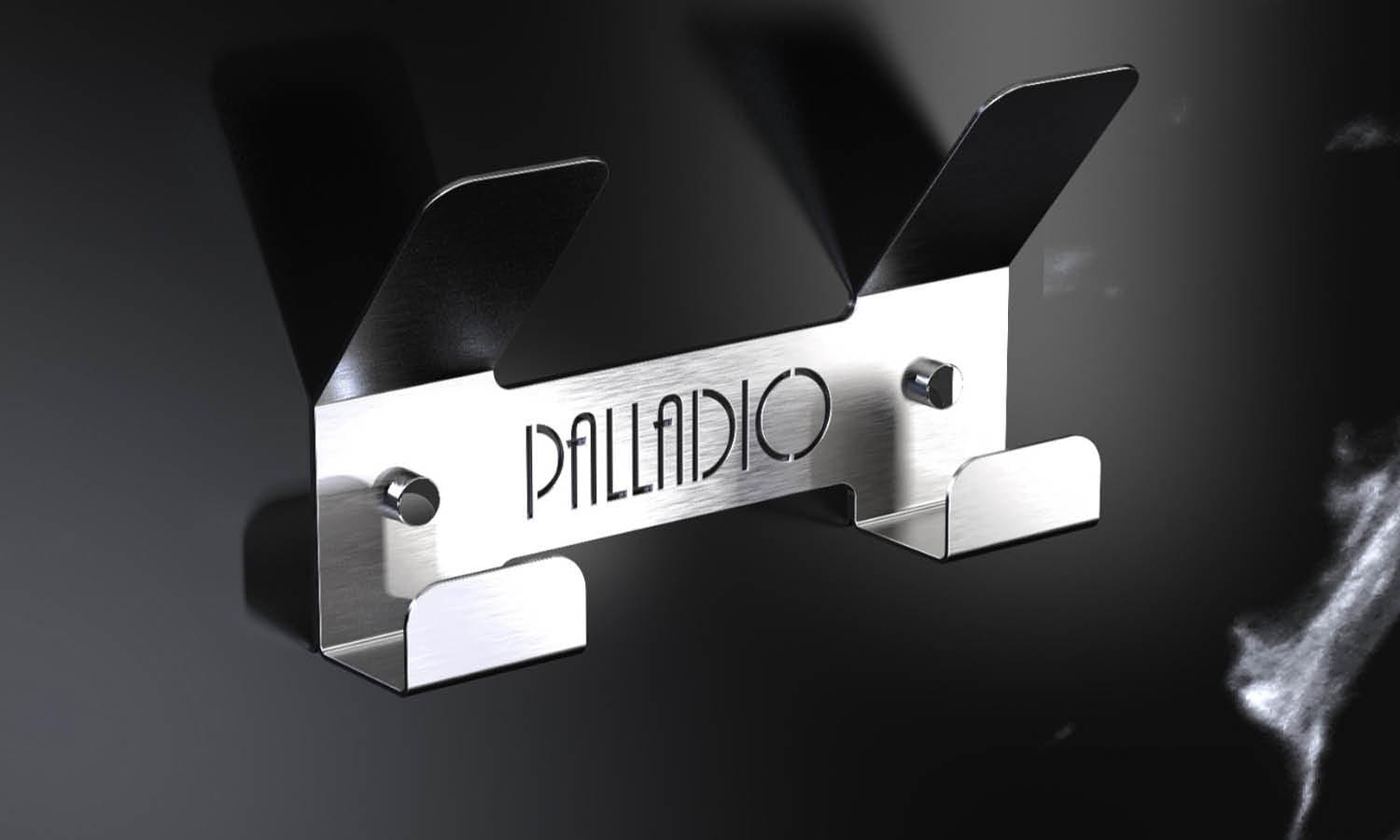


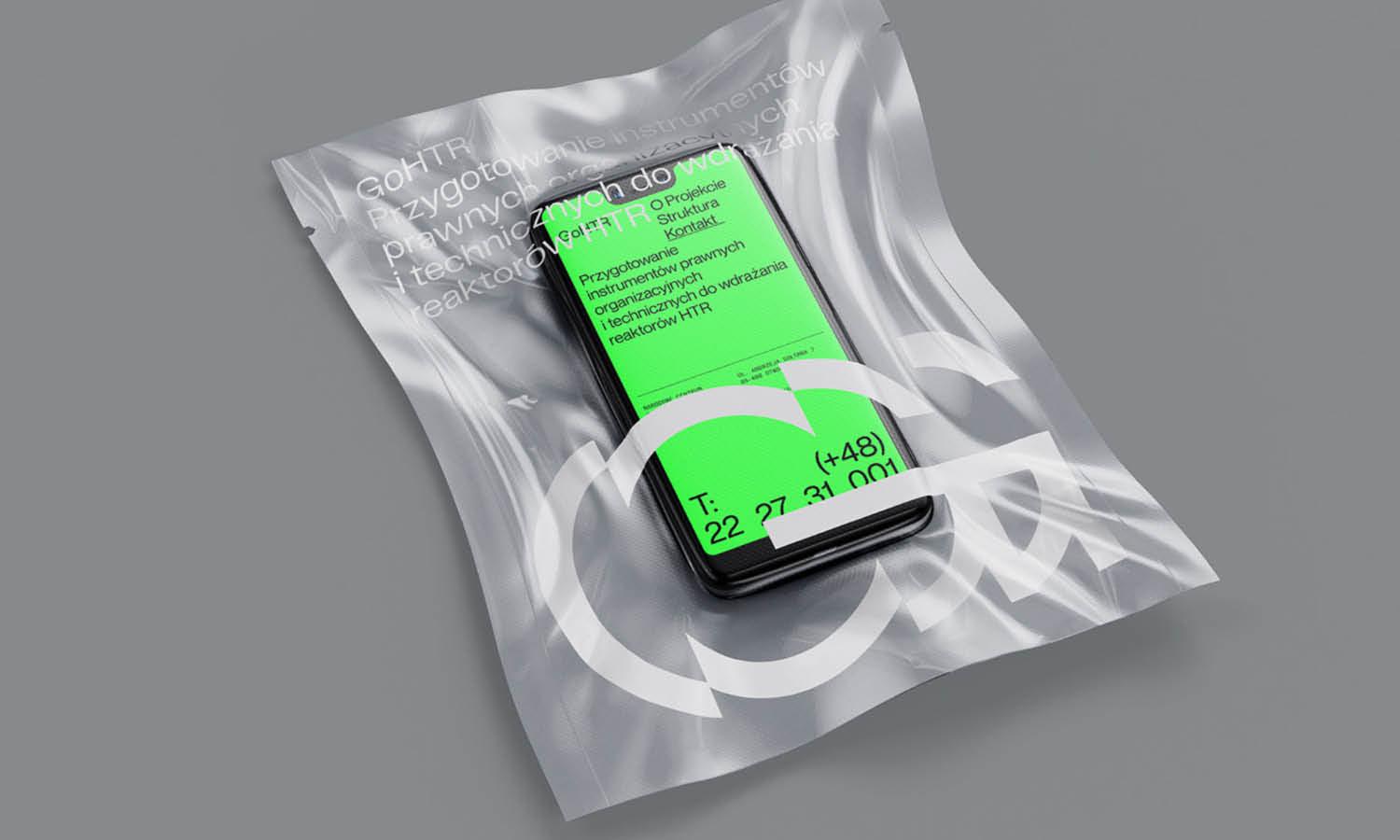
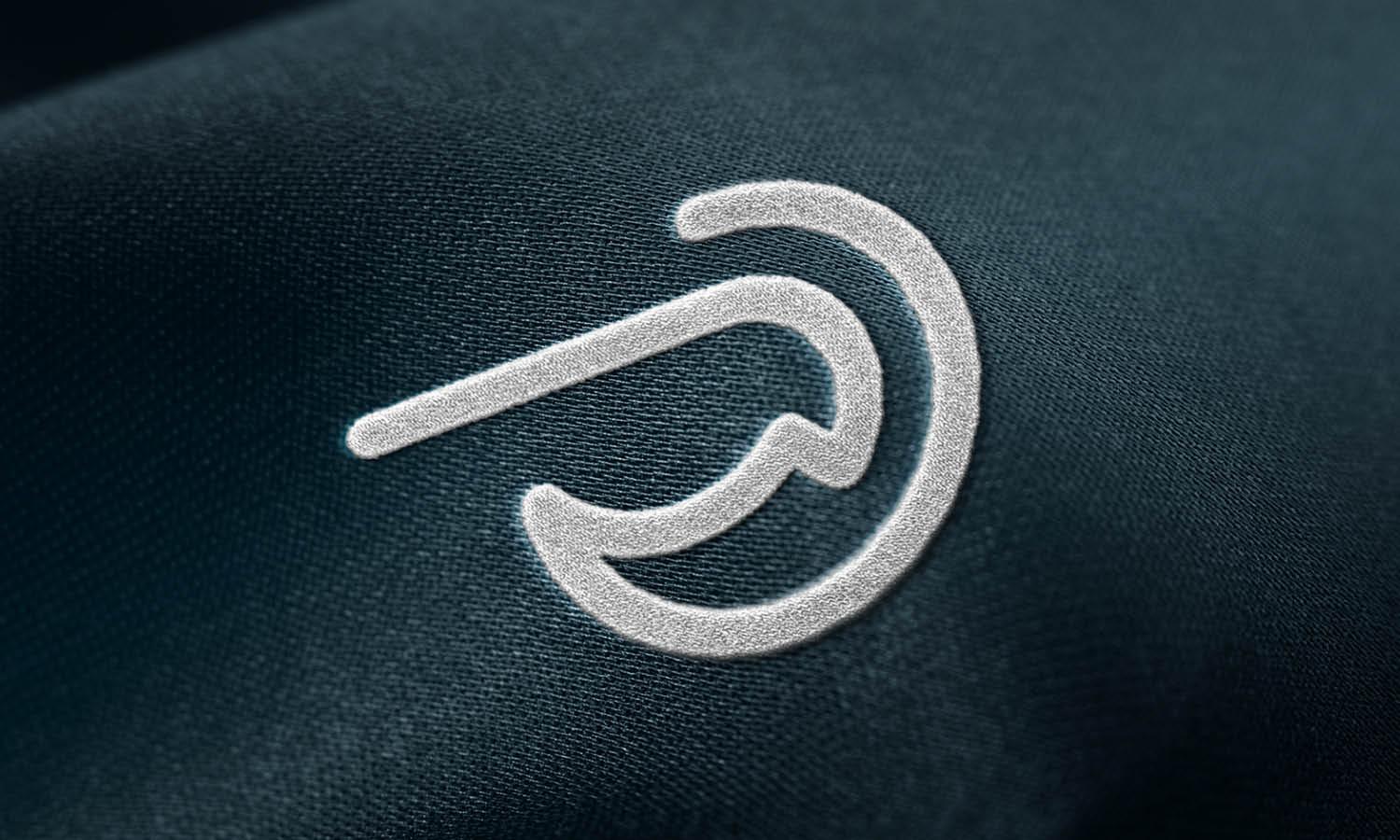
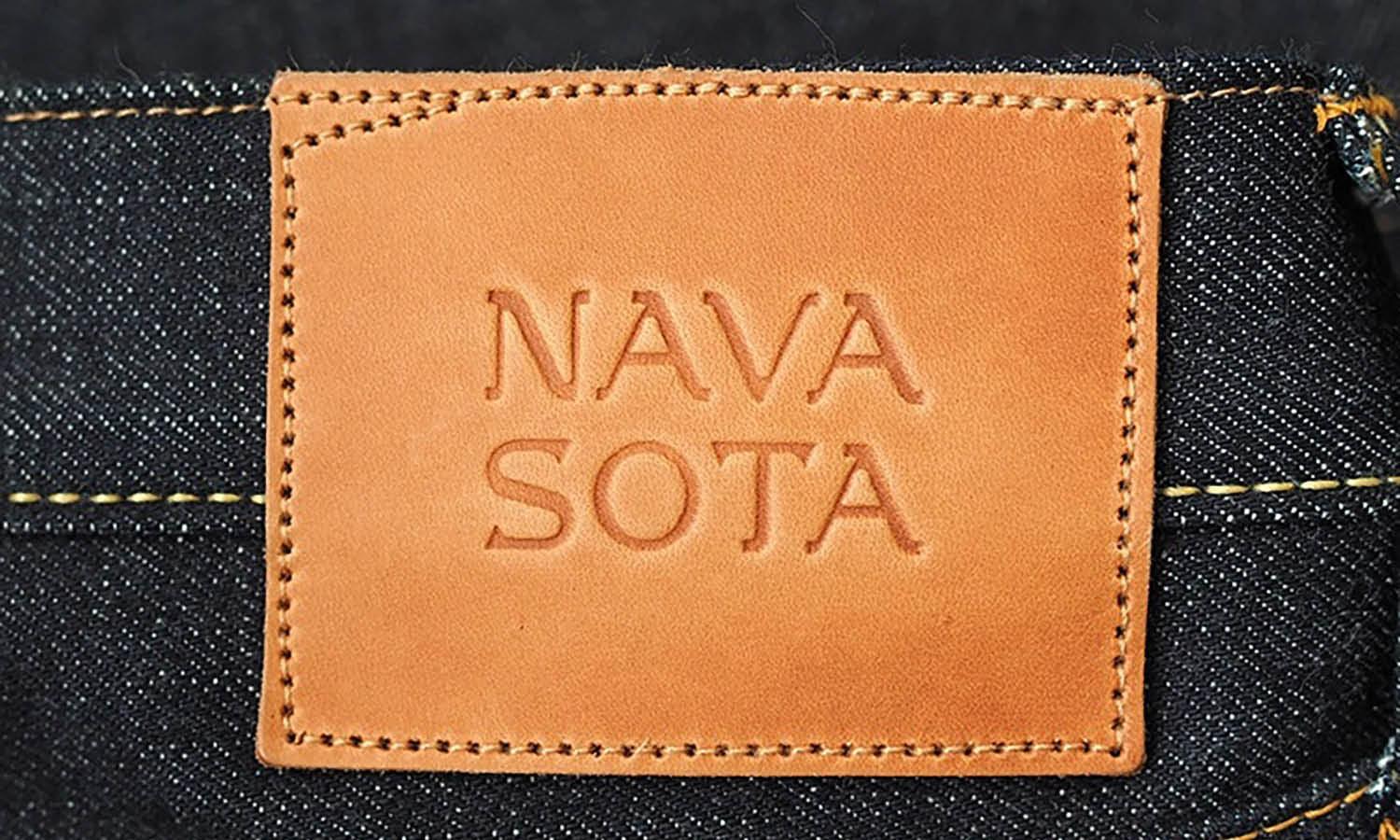

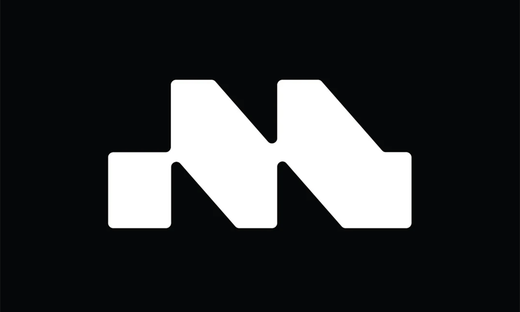






Leave a Comment